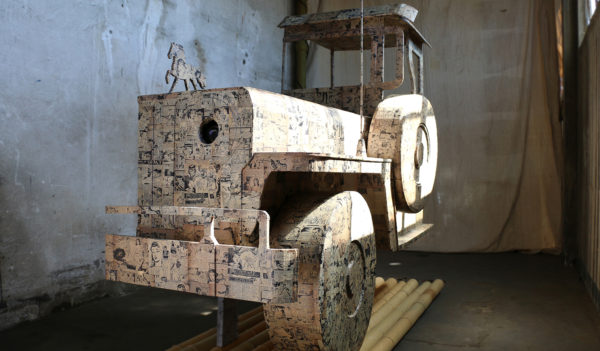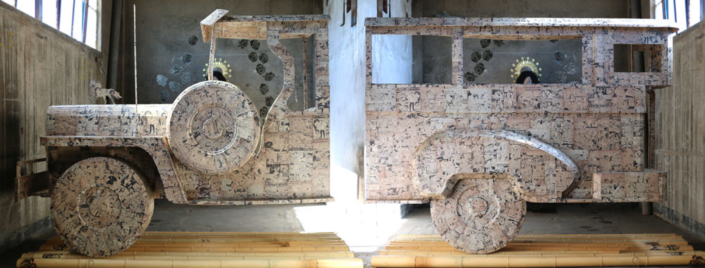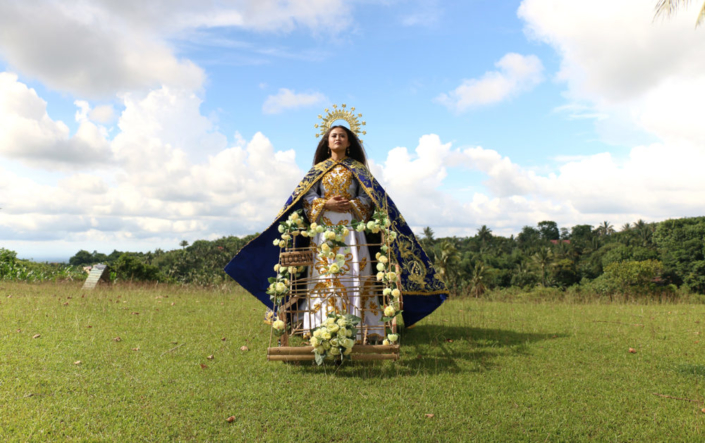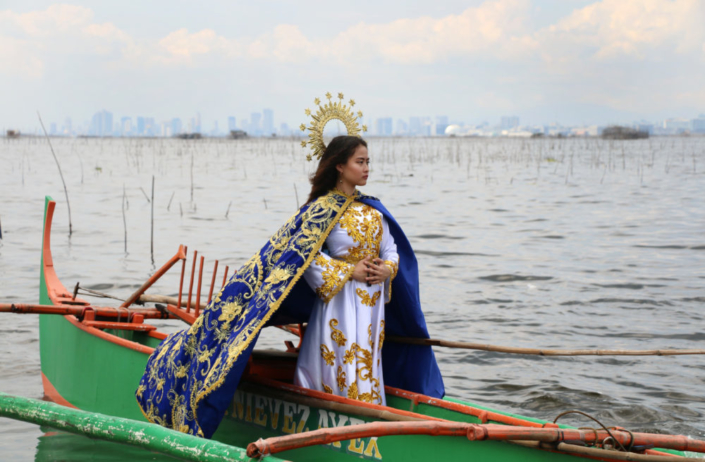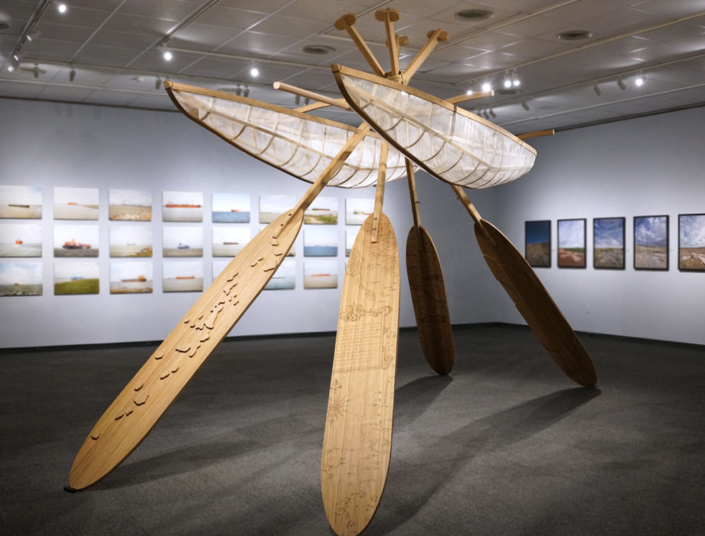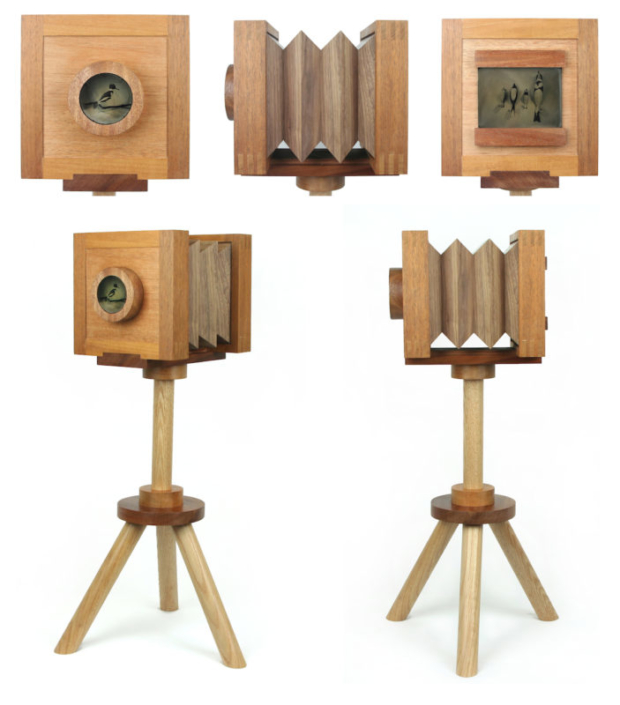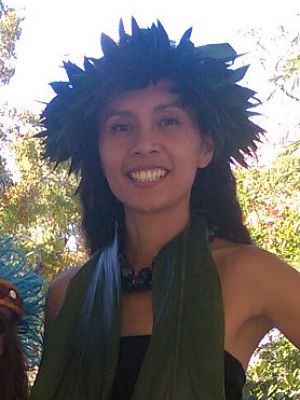Spotlight: Noli Me Tangere
Artist Statement
As an artist and ecologically-minded humanist, I am interested in performing history and historiography through visual means, giving careful consideration to the materials I use. I am currently working on Talk Story, a multifaceted long-term project, spanning four continents and five centuries of territorial expansion and human movement, and containing the migration stories of people and their often fraught encounters as they labor to construct their daily existence and shape the course of culture and history.
The opening story, Holo Mai Pele, recounts the Hawai’ian deity Pele’s unrelenting search for a home and her difficult story of migration and fraught encounters as replayed through different times and places, such as in the occupation of the Solomon Islands and Marshall Islands during the first and second imperial world wars of the twentieth century or the colonization of the Philippines from the fifteenth to twentieth century. Holo Mai Pele provides the stage-like platform where Pele’s journey becomes the allegory for the legacy of colonialist domination that persists to this day in very catastrophic outcomes—the loss of a way of life and home for island dwellers due to the rise of sea waters.
The second, Noli Me Tangere, is the tangled story of colonialism, immigration, and survival in the form of two jeepneys—a wearable bamboo jeepney and the other, a life-sized, quartered, paper jeepney—and an accompanying documentary film. Motivated by my search for original comic books that my father illustrated during my childhood in the Philippines, Noli Me Tangere is my journey into the colonial and immigration history of the Philippines. It traces my own family’s experience within the larger story of Filipino immigration. The second part of Noli Me Tangere project is a performance installation and documentary that took place in the Metro Manila region of the Philippines during the Spring of 2017. The documentary is still in progress.
Concerns about the unexamined expansion of technology and the unrestrained use of natural resources inform my art practice and historical inquiry. This includes a scrutiny of the impact of technological innovations on labor migrations, colonial acts, and socio-cultural development. My work traces the creation of institutional and symbolic systems as different factions scramble for control, and the ways these systems contribute to or disrupt community relations. More broadly, I want to reveal the link between compassion and environmental justice, and specifically, I would like to identify who benefits and who suffers. To begin a dialogue regarding my concerns, I am experimenting with spatial structures combined with photographic imagery that become performance spaces for the public. Within these structures the public enact and reflect upon their role as producers and consumers of culture and society. I reconsider space as subjective sites to be reclaimed for socio-political interaction and creative engagement. My approach to art comes from the perspective that our cultural environment shapes our socio-economic and political history and identity, but this perspective should not come to the detriment of the natural environment. As a human-made product, culture can be unmade, and transformed for the welfare of circadian cycles and natural, biological systems.

